Introduction
Search Engine Optimization (SEO) is a critical component of any successful online presence. SEO involves optimizing various aspects of your website to improve its visibility in search engine results, ensuring that your content reaches the right audience. From keyword density to mobile optimization, multiple factors influence how search engines like Google, Bing, and Yahoo rank your website. This article explores ten essential strategies to boost your online visibility by enhancing your website’s SEO and web design.
Essential Tips for a Clean and Simple Website Layout
A clean, intuitive layout is essential for creating a positive user experience, which directly impacts your SEO performance. Users form opinions about your website within seconds of landing on it, so a cluttered or overly complex design can frustrate visitors, leading to higher bounce rates and lower search engine rankings.
Best Practices for a Simple Layout:
- Focus on UX Design: Ensure that your website is easy to navigate, with clear calls to action and logical flow.
- Minimalist Design: Use ample white space, simple typography, and a limited color palette to keep the design clean and focused.
- Fast Loading Times: A simple layout often translates to faster loading speeds, a critical factor in SEO rankings.
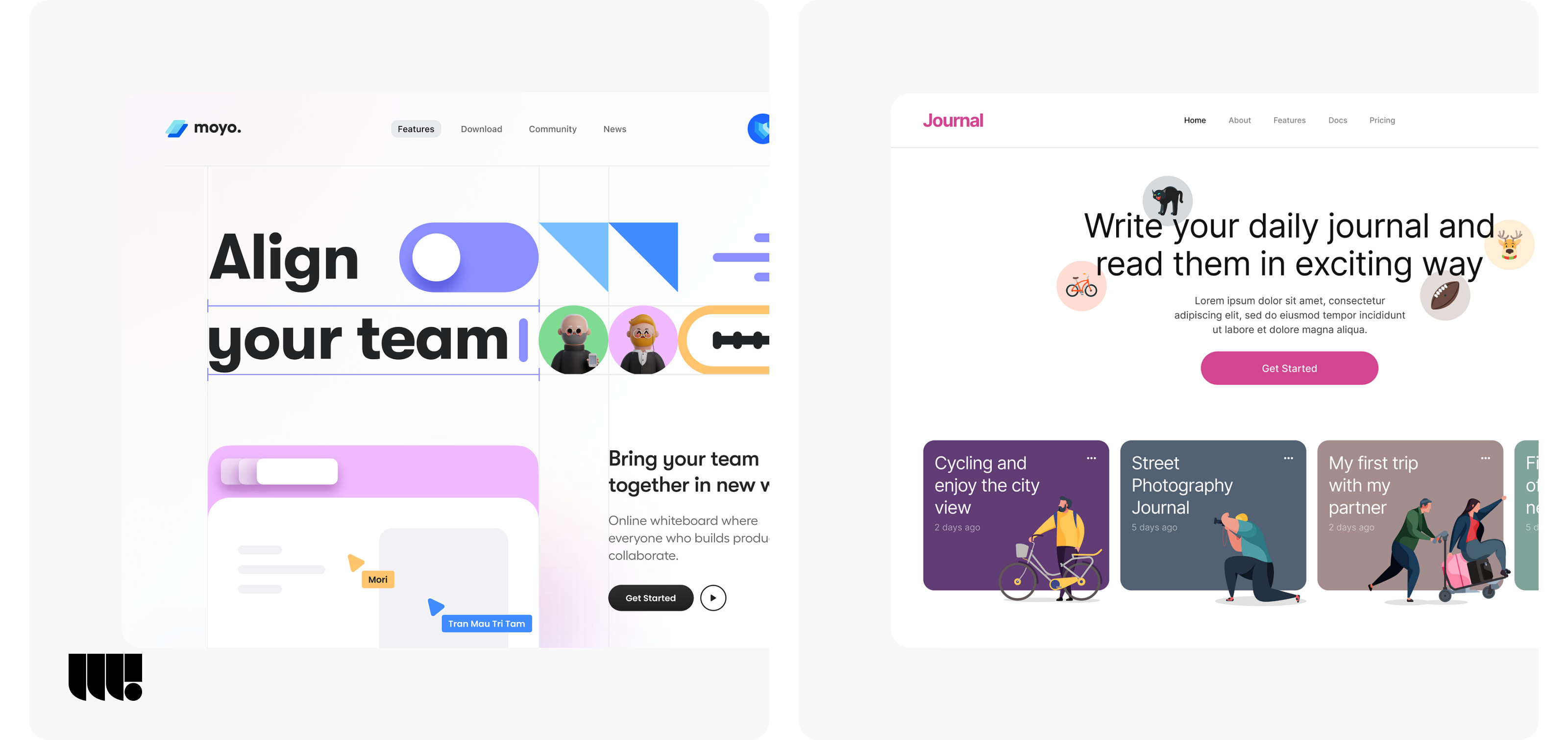
Mobile Optimization: A Must for SEO
With the majority of web browsing now occurring on mobile devices, having a mobile-friendly web design is no longer optional, it’s crucial for SEO success. Google uses mobile-first indexing, meaning it primarily considers the mobile version of your website when determining your rankings.
Key Mobile Optimization Techniques:
- Responsive Design: Ensure your website automatically adjusts to fit any screen size, from desktops to smartphones.
- Viewport Tag: Use the viewport meta tag to control the layout on mobile devices.
- Fast Loading Speeds: Optimize images and code for quick loading on mobile devices.
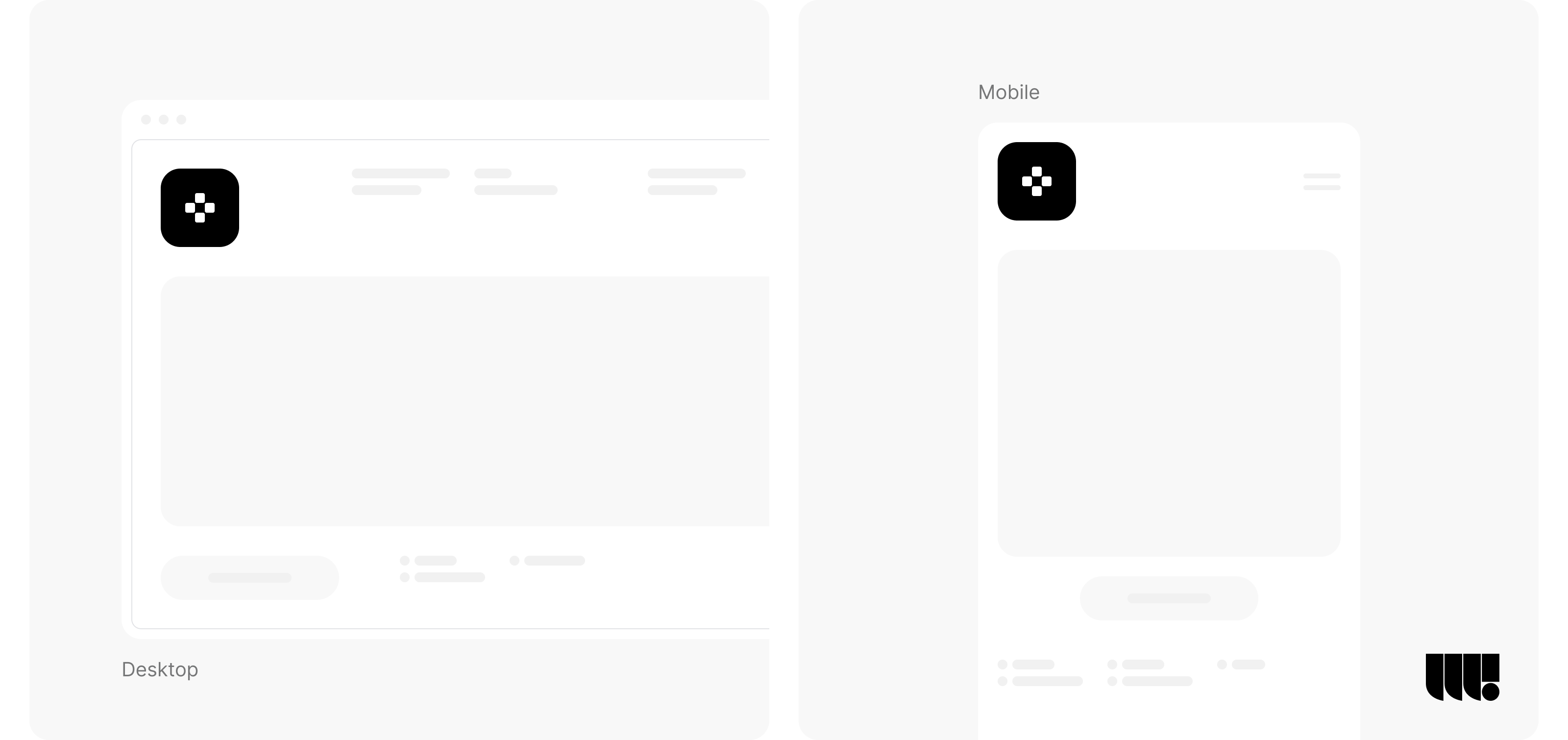
Boost Your Website Speed and Performance for Higher SEO Rankings
Site speed is a critical factor in both user experience and SEO. Slow-loading websites can frustrate users, leading to higher bounce rates and lower rankings in search engine results. Optimizing your website for speed should be a top priority to enhance user satisfaction and improve search engine visibility.
Techniques for Optimizing Site Speed:
- Compress CSS and JavaScript: Minimize and compress code to reduce file sizes.
- Leverage Browser Caching: Store website resources in the user’s browser cache to improve load times for returning visitors.
- Optimize Images: Use the appropriate file formats and compress images without sacrificing quality.
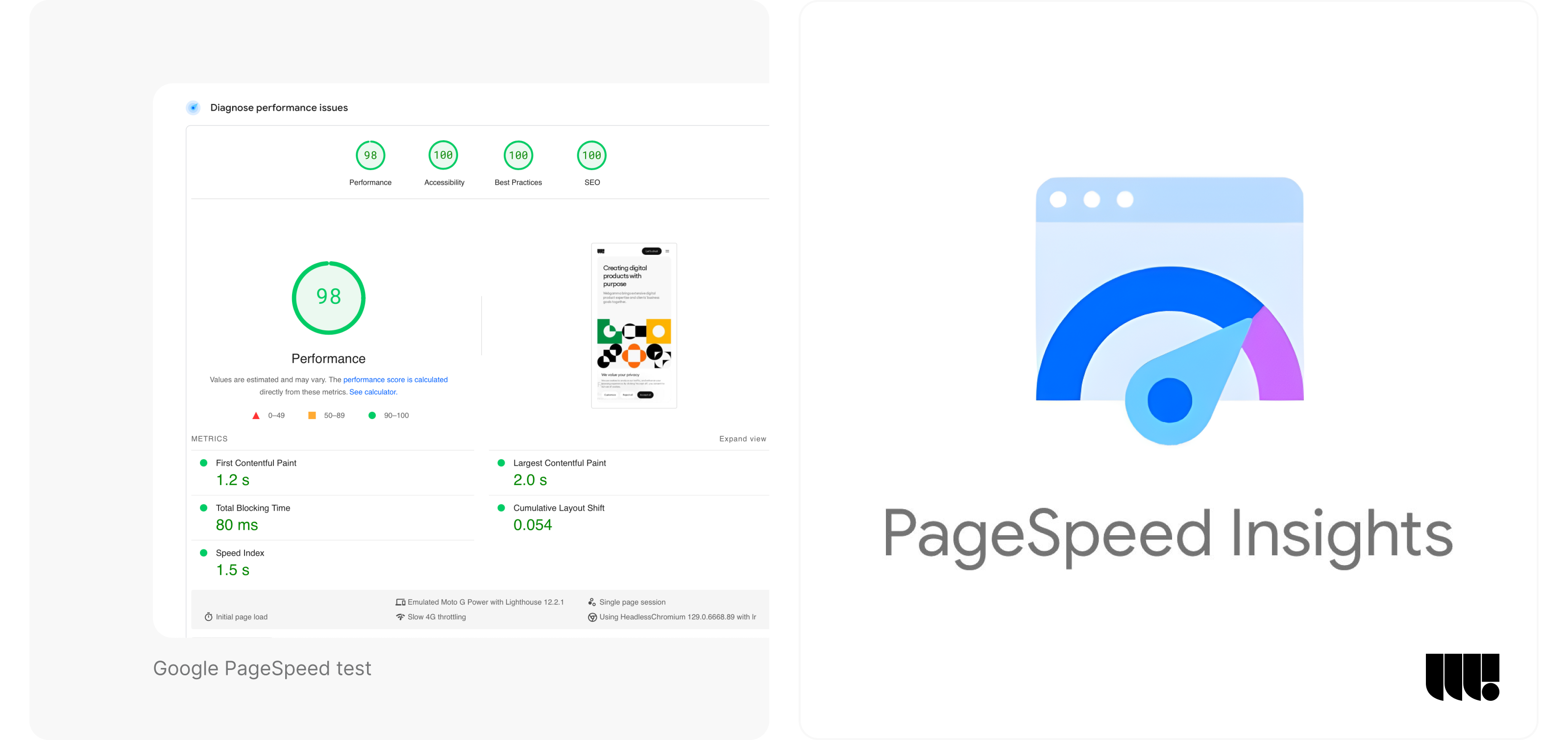
Useful Techniques for Better SEO and Web Design
Staying current with web design trends is essential for maintaining a competitive edge and ensuring a positive user experience. Responsive design is a key component, allowing your website to adapt to various screen sizes and devices.
Modern Design Best Practices:
- Single-Page Layouts: Ideal for websites with concise content, allowing smooth scrolling and easy navigation.
- Interactive Elements: Incorporate interactive features like sliders, carousels, or animated transitions to enhance user engagement.
- Dark Mode Options: Offering a dark mode can improve accessibility and appeal to a broader audience.
Share your project idea with us! If our partnership isn't the right fit, we're happy to provide valuable insights that could still benefit you.
Using Color Psychology and Trends to Enhance Website SEO
Color plays a crucial role in user perception and brand identity. Choosing the right color palette can evoke specific emotions and guide user behavior on your website, which in turn can impact SEO.
Using Color Psychology:
- Red for Urgency: Use red to highlight calls to action or important information.
- Blue for Trust: Blue is often associated with trust and professionalism, making it ideal for corporate websites.
- Green for Calm: Green represents growth and tranquility, suitable for wellness or environmental websites.
Design Trends to Consider:
- Minimalism: Focus on simplicity and functionality with a limited color palette.
- Bold Typography: Use large, eye-catching fonts to draw attention to key messages.
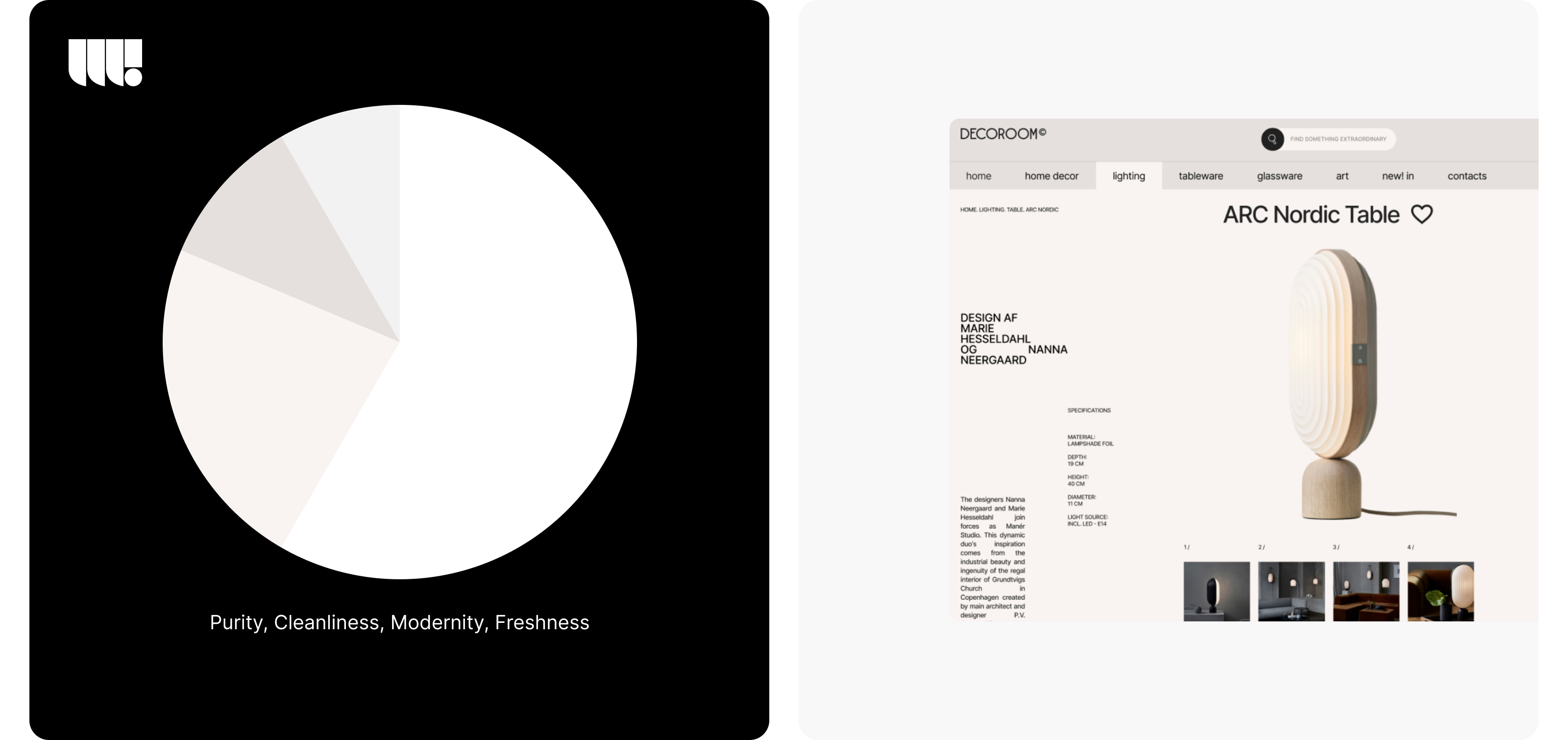
How to Structure URLs for SEO
A well-structured URL not only helps users understand the content of a webpage but also improves search engine visibility. Clear, concise URLs with relevant keywords can positively impact your SEO.
Best Practices for URL Structure:
- Use Descriptive Keywords: Incorporate relevant keywords that accurately describe the content.
- Maintain a Logical Hierarchy: Organize URLs with subdirectories that reflect the website’s structure.
- Keep URLs Short: Avoid overly long URLs, which can be confusing and difficult to share.
The Importance of Optimizing Image Alt Text for SEO
Alt text is a crucial aspect of image optimization that improves both accessibility and SEO. By providing a textual description of an image, you help search engines understand the content and context of the image, boosting your website’s visibility in image search results.
Tips for Effective Alt Text:
- Be Descriptive: Clearly describe the image content, including relevant details.
- Include Keywords: Use relevant keywords naturally within the alt text.
- Keep it Concise: Aim for 125 characters or less.
Crafting Meta Descriptions to Boost Click-Through Rates
Meta descriptions are short summaries that appear below your page title in search engine results. While they don’t directly affect rankings, they significantly impact click-through rates (CTR) and are essential for driving traffic to your website.
Crafting Effective Meta Descriptions:
- Highlight the Value Proposition: Clearly state what users will gain by visiting your page.
- Use Action-Oriented Language: Encourage users to click with a call to action.
- Include Relevant Keywords: Use keywords naturally, but avoid keyword stuffing.
Validating Code for Improved SEO Performance
Valid code ensures that your website functions correctly across all browsers and devices, which is essential for maintaining a positive user experience and SEO performance. Using the W3C validator can help identify and fix code errors that might affect your website’s performance.
Benefits of Code Validation:
- Catch Errors Early: Identify and fix issues before they impact user experience.
- Ensure Compatibility: Valid code improves browser compatibility and accessibility.
- Enhance SEO: Search engines favor websites with clean, error-free code.
Ongoing SEO Maintenance: Why Regular Updates Matter
SEO is not a one-time effort but an ongoing process that requires regular monitoring and updates. As search engine algorithms evolve and user behaviors change, your SEO strategies must adapt to stay competitive and maintain top rankings.
Monitoring Tools and Techniques:
- Google Analytics: Track website traffic, user behavior, and conversion rates.
- Search Console: Monitor search performance and fix indexing issues.
- Regular Audits: Conduct periodic SEO audits to identify areas for improvement.
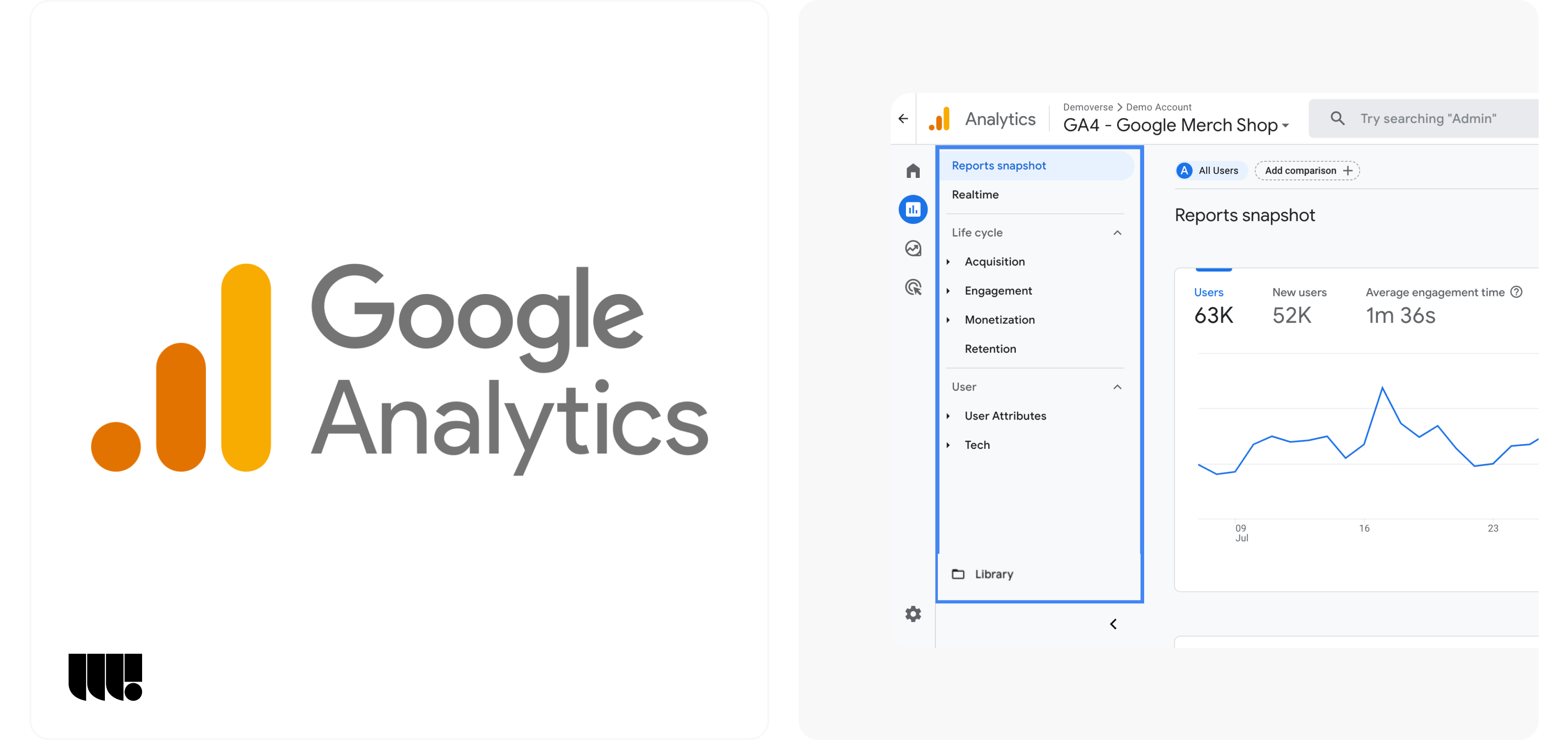
Conclusion
Improving your website’s SEO and web designinvolves a combination of technical optimization, user experience enhancements, and ongoing maintenance. By implementing these essential strategies, you can boost your website’s visibility, attract more traffic, and ultimately achieve your online goals. Remember, SEO is a continuous process – stay informed about the latest trends and regularly update your strategies to maintain your competitive edge.












